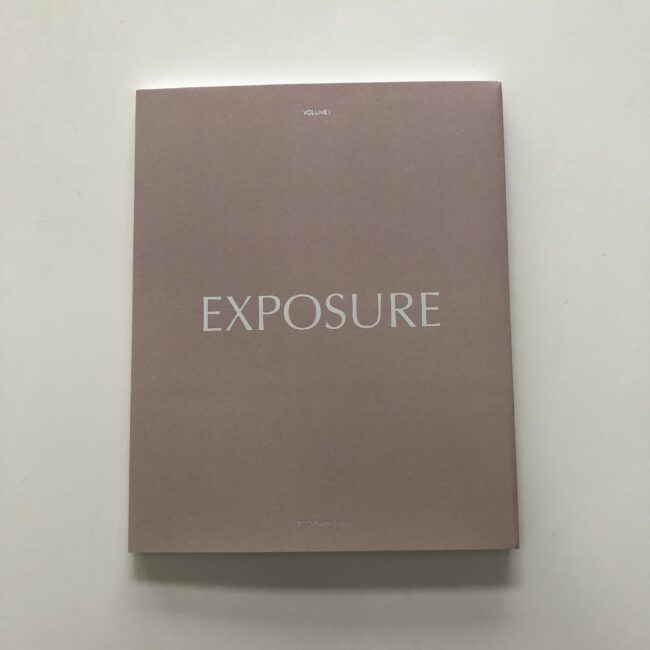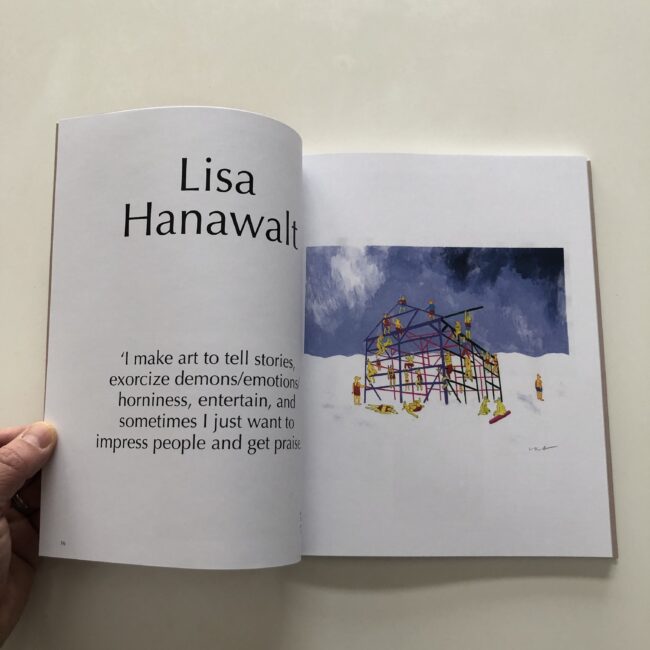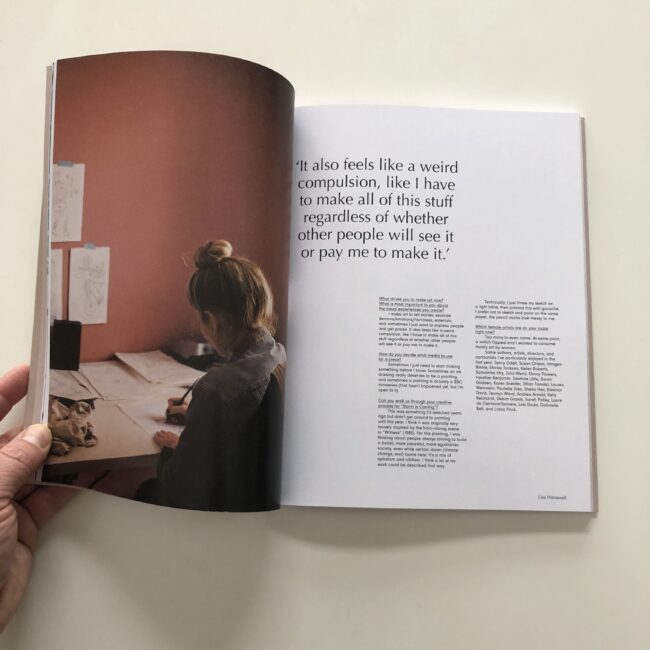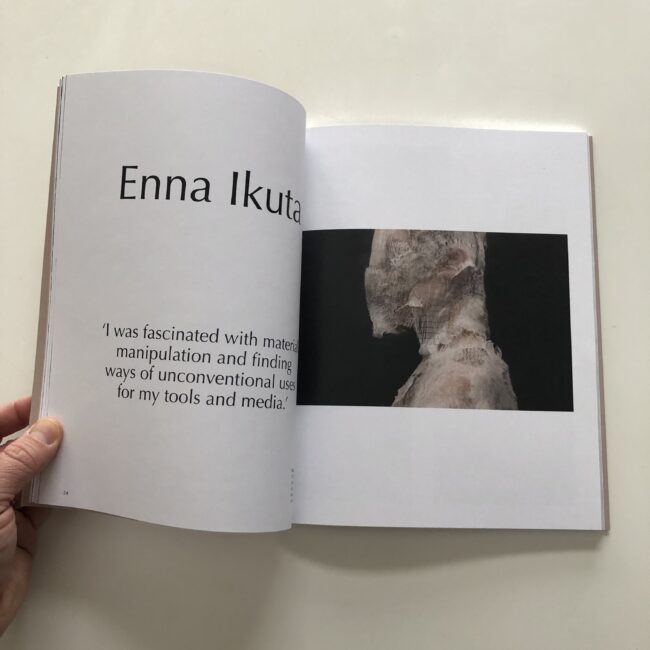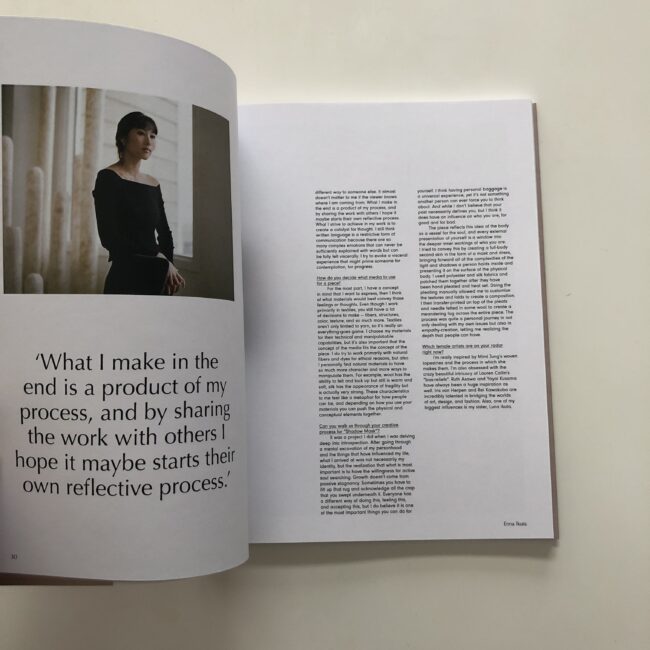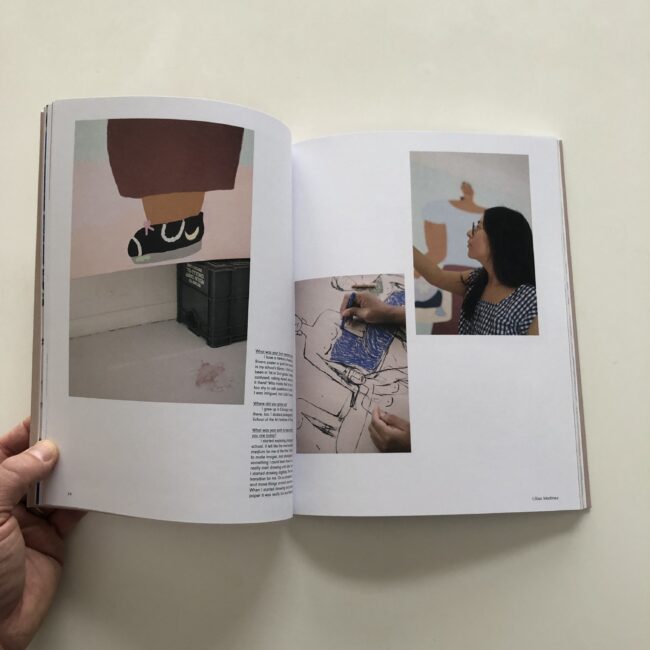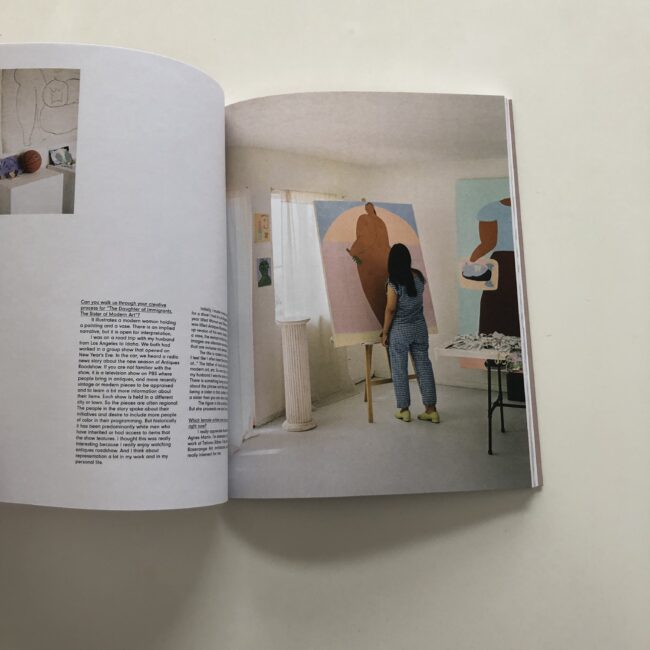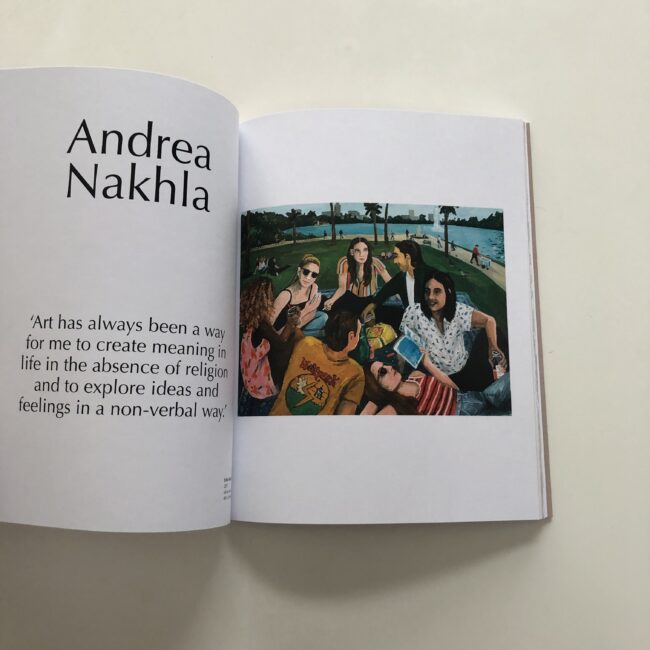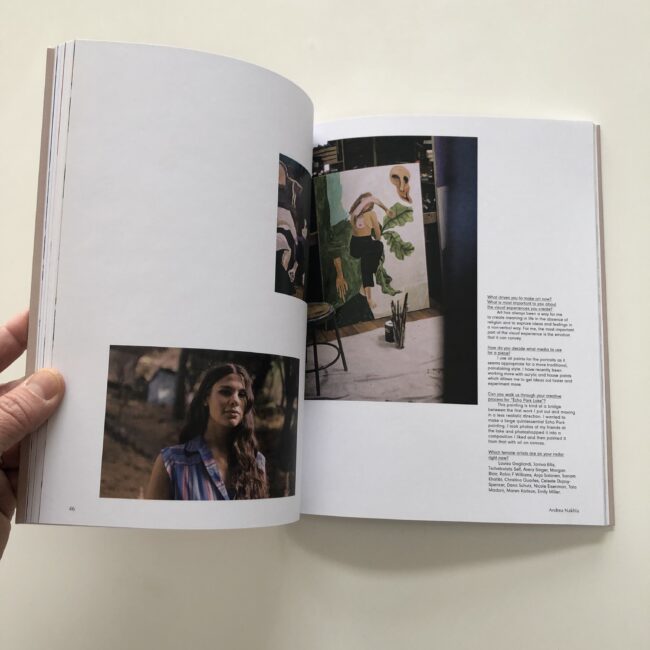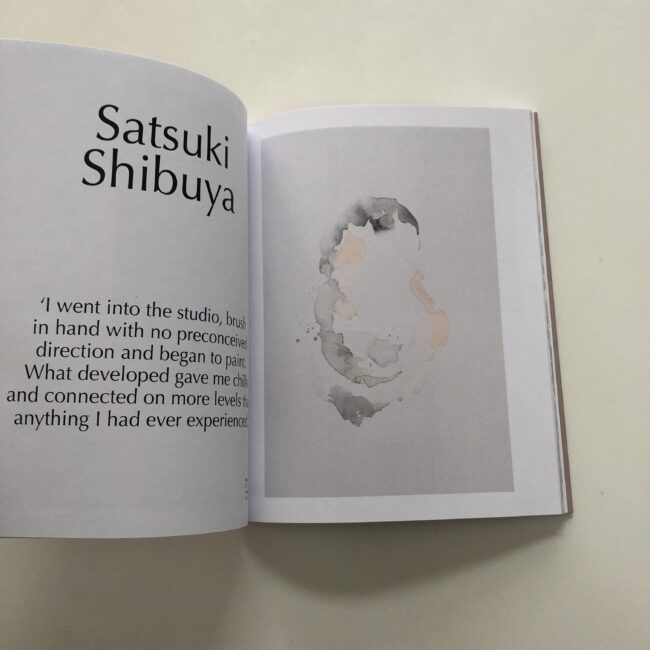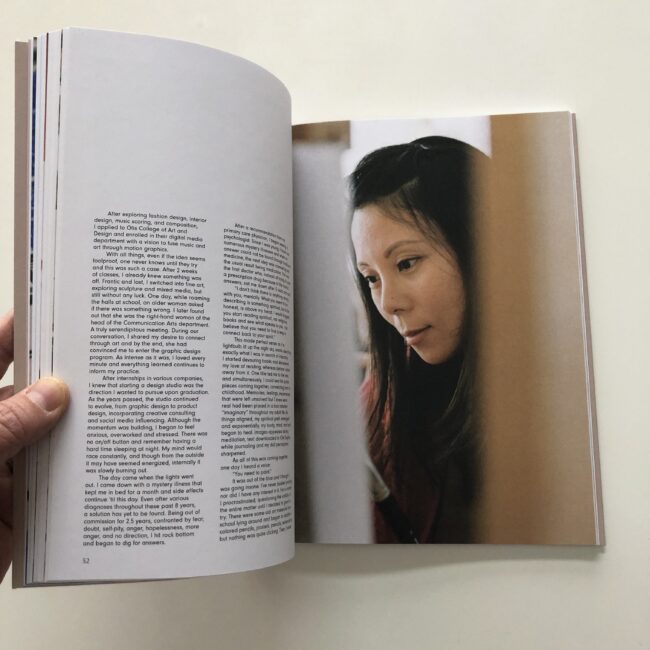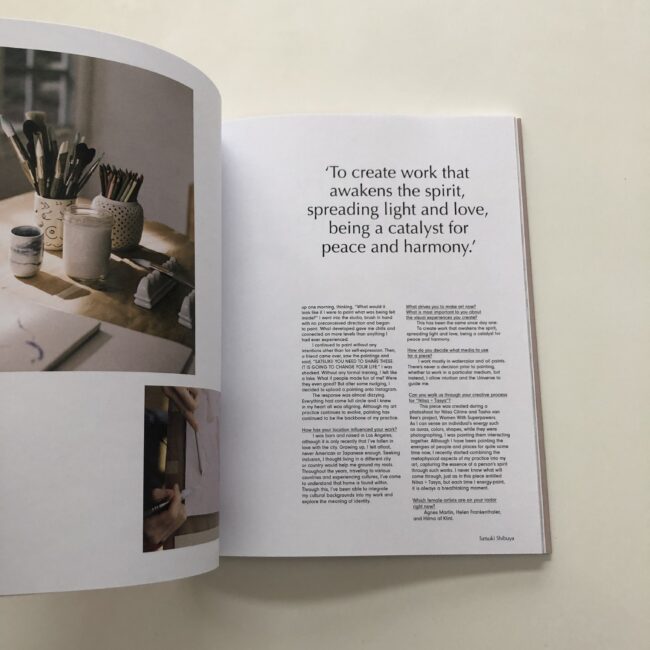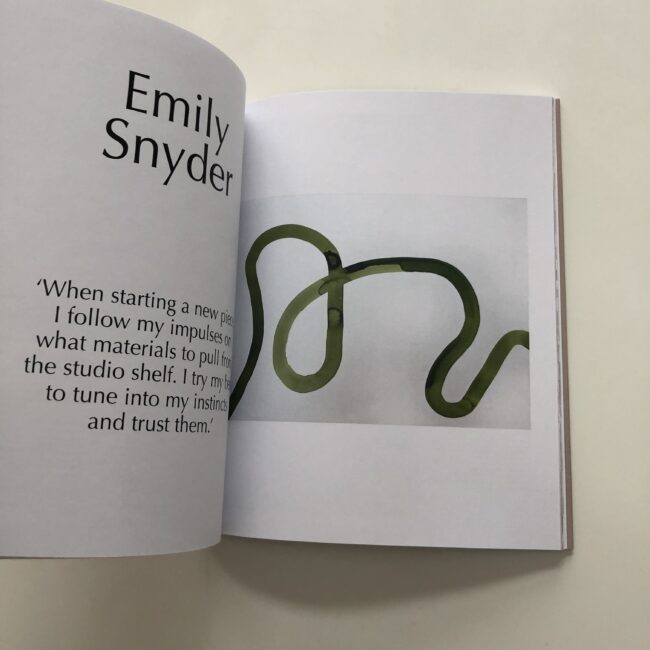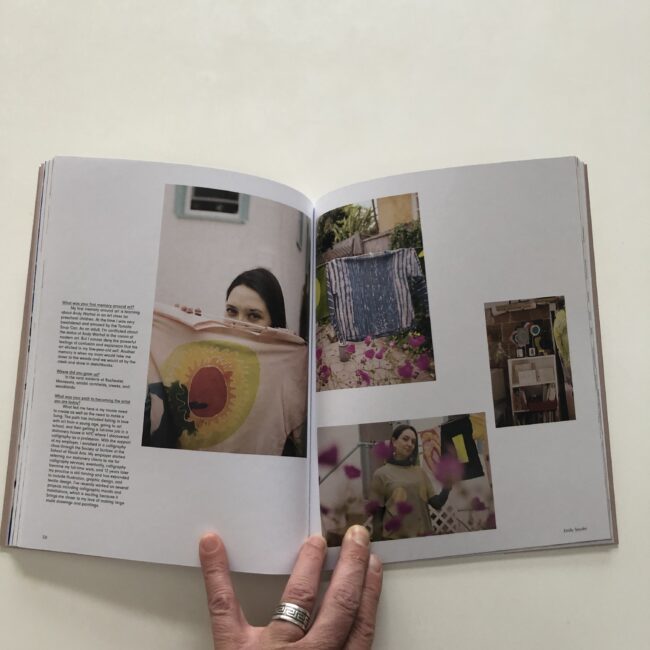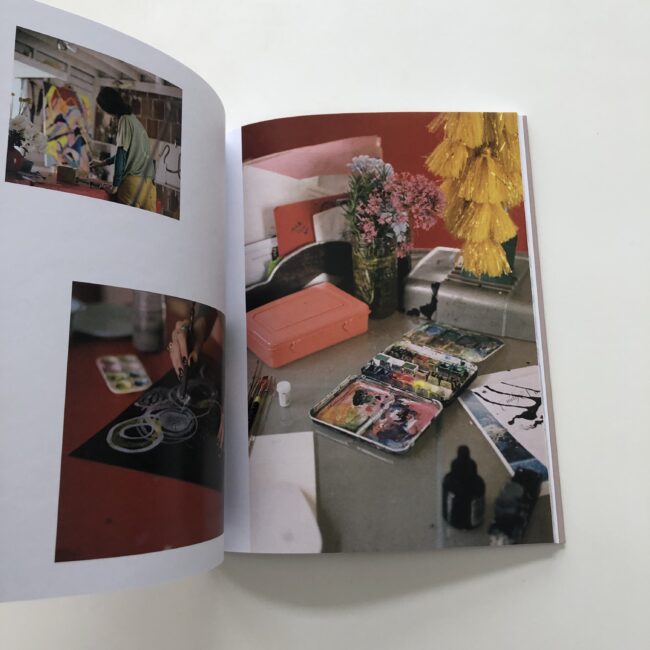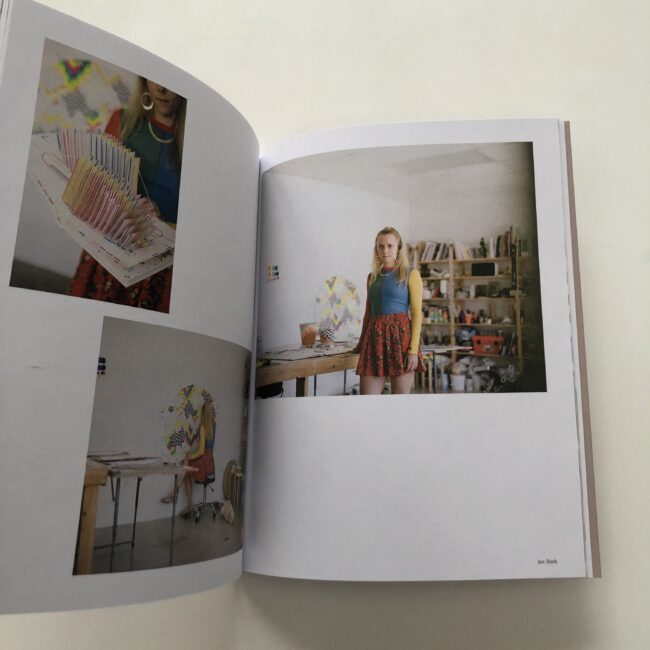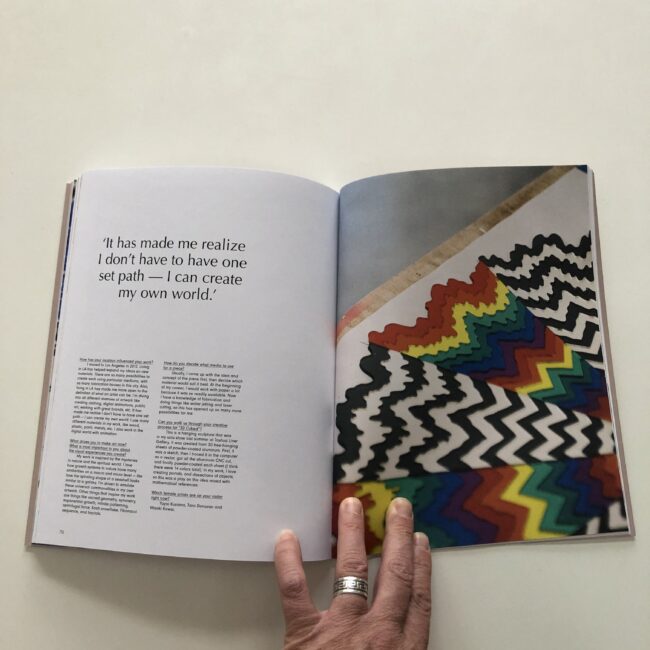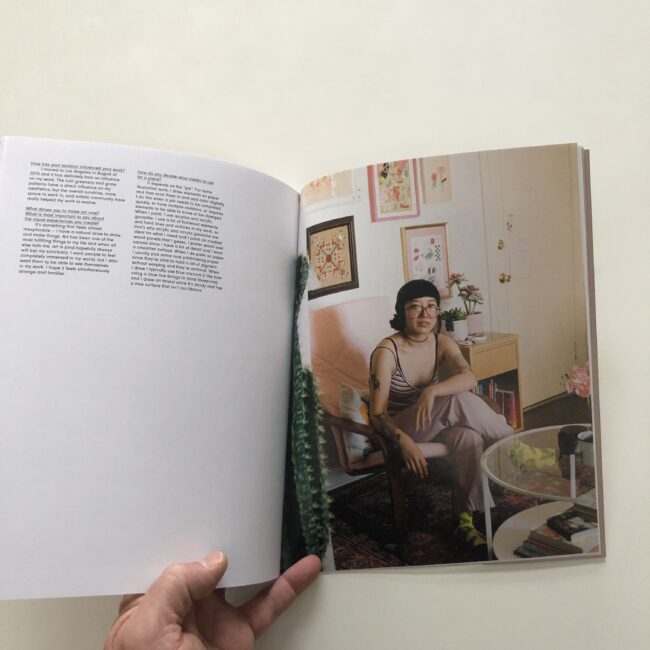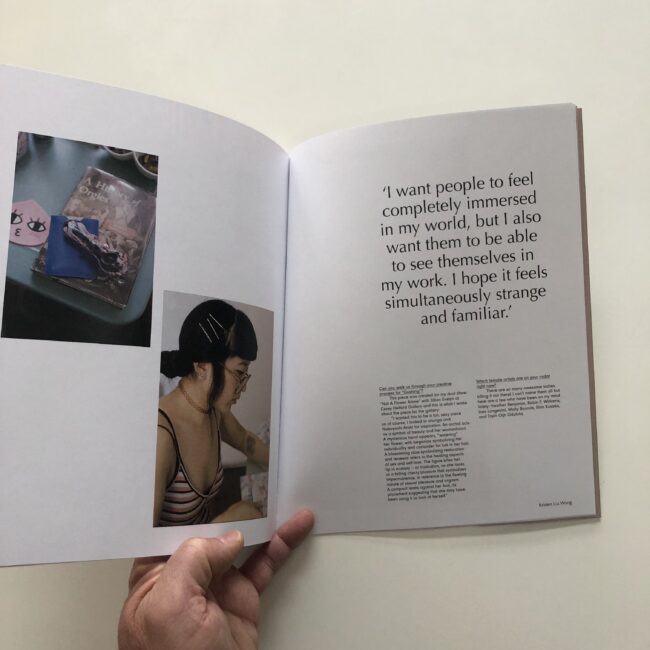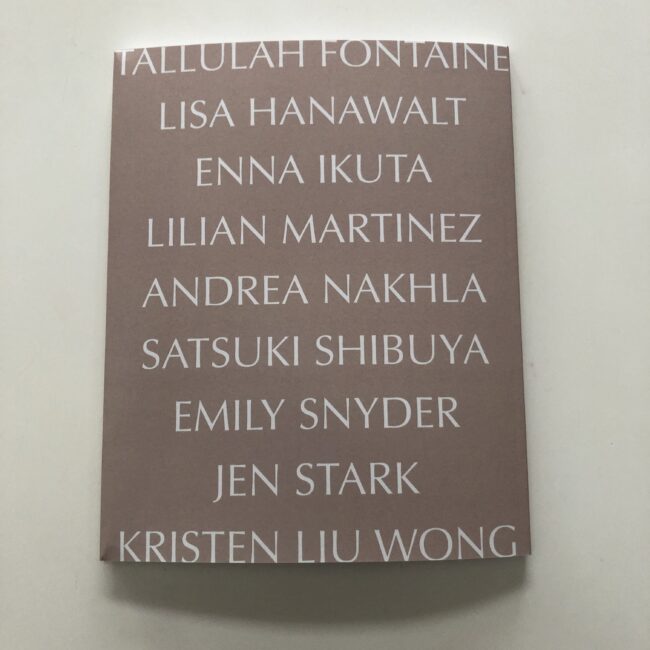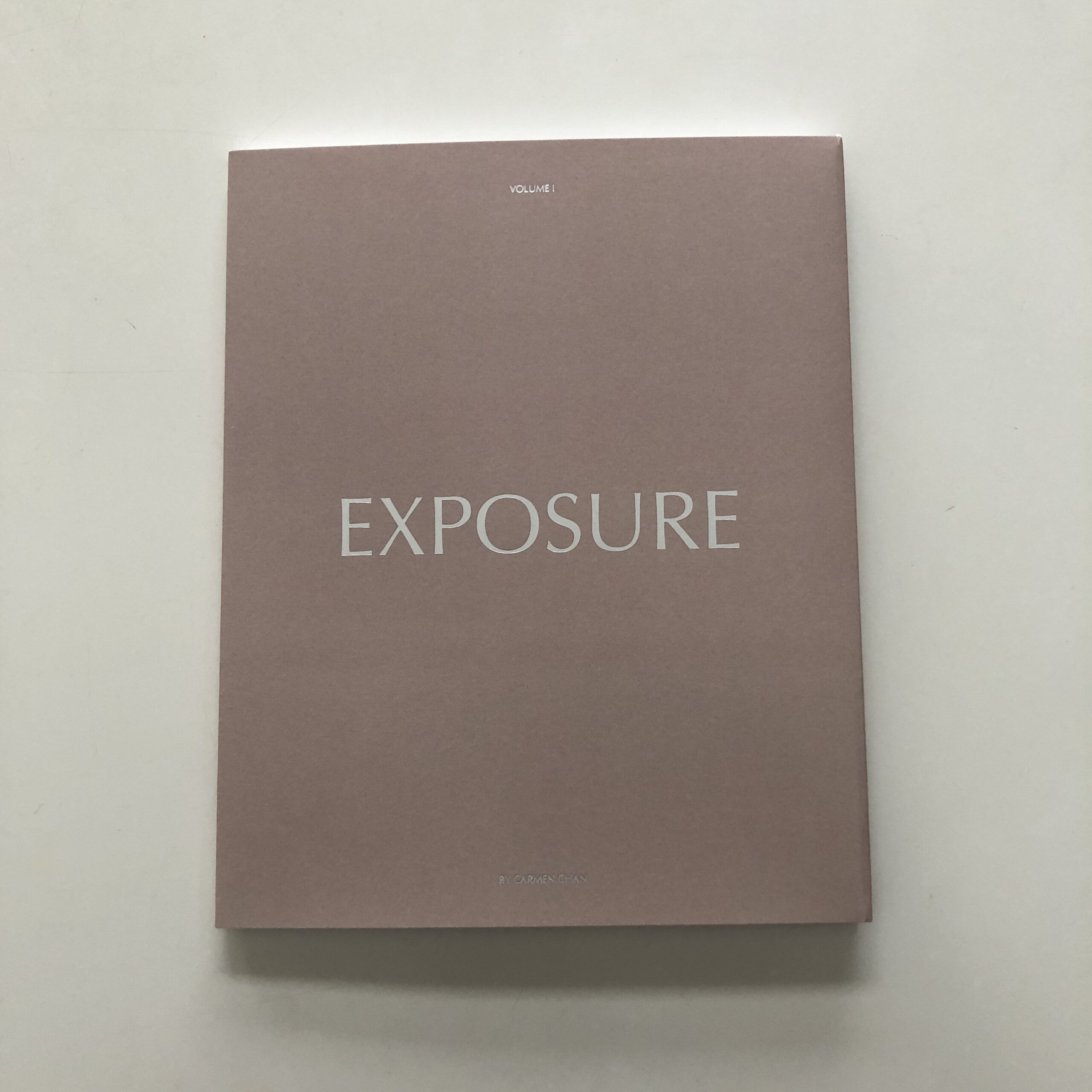
I bought a new camera recently.
At the end of #2020.
This might not sound like a big deal, but it was my first new system in 15 years.
Like many of you, I’d been sticking to one company, as I had a lot of lenses, but my Panasonic/Olympus equipment was locked in at the 4/3 chip size.
Over the years, (since 2005,) I’d watch as new things came to market, and then full-frame chips became the norm. Some of you love Canon, others prefer Nikon, but I was stuck with the same things I always had, and eventually I got bored.
But I could never afford to switch to a new back, much less buy a great, razor-sharp lens to replace the one I purchased in 2007, and used for all four series I included in my “Extinction Party” book.
At the end of last year, though, I saw some amazing deals on Sony full-frame mirrorless cameras, and even with a top shelf lens, the price was now less than half of what it cost to change systems a few years ago.
(I could swing it, for once.)
Still, it seemed so extravagant, so selfish, to spend money on a new camera system, instead of paying down some credit card debt.
My old system was gathering dust, and my iPhone seemed sufficient, for now.
Plus, I kind-of had an idea for a new project, (sort-of,) but nothing concrete.
Then, I spoke to one of my best friends, Caleb, who’s also a creative partner, and he encouraged me to go for it. Invest in myself. Take the plunge. (As did my wife Jessie, who also pushed me to treat myself.)
It was a tough decision, but Caleb assured me I didn’t need to know what I would do with the Sony. Going for it, doing something risky and scary, and then the natural desire to play with a new “toy” would inevitably result in a fresh creative project.
He promised me that within six months, I’d be going again on something “real,” a new project to move past the studio, conceptual, still life stuff I’d grown tired of.
And it probably wouldn’t even be the idea I was kicking around in my head.
Thankfully, he was right.
I’m not divulging details, but I’m already excited and working again, and it took less than a month with the new machine, before I had my groove.
Why am I mentioning this today?
Because I just finished reading and looking at “Exposure,” a new photo book that Carmen Chan sent me in the autumn of #2020.
It features photographs of and interviews with nine, diverse, young-ish female artists living in Los Angeles, all of whom are working in various ways, but none seem to be using a camera at present.
I mentioned it last week, and didn’t have the brain focus to dig in, but as soon as I did today, I gave it a read in one sitting.
And while each artist had things to say that differed from the others, there were so many common themes, many of which I’ve experienced in my own life. (And some of which recur here in the column as well.)
While a third of the artists had moved from hella Northern locales, likely entranced by the perfect weather, (Canada, Wisconsin and Minnesota,) and a handful were born in CA, all of them made some mention of the value of their creative community.
How their friends and fellow artists helped inspire and support them.
John Donne may have said “No man is an island,” many years ago, but no artist- male, female, or non-binary- is either.
We need each other.
Additionally, many of the women discussed the fact that they had left one medium for another, at some point, or that they openly experimented with multiple media, as different ideas need to be birthed in different forms. (In my own #2020 story, my iPhone resuscitated my interest in photography, but was not enough to help me push on in my practice.)
Finally, there was a lot of discussion of the needs of the spirit, and how art practice allowed the artists to express things inside themselves that were non-verbal, or too difficult to process by using words and direct thoughts.
As Enna Ikuta said in her interview, “Growth doesn’t come from passive stagnancy. Sometimes you have to lift up that rug and acknowledge all the crap that you swept underneath it. Everyone has a different way of doing this, feeling this, and accepting this, but I do believe it is one of the most important things you can do for yourself. I think having personal baggage is a universal experience, yet it’s not something another person can ever force you to think about.”
Beautifully stated.
Some of you have been reading this column for a long time, and know that I often encourage you to make things.
The art process offers each of us a pressure-release valve, so our emotions, and the artifacts of our Shadow, can come out in a controlled, positive way.
(When repressed emotions bubble up in people without expressive options, it leads to violence, addiction and misery.)
Making art is a win-win, because when we let our fears out, and our pain, we become healthier.
Furthermore, our artwork, the end product and the result of the process, allows us to feel pride in ourselves, or a sense of accomplishment, even if no one else sees your piece on a wall, or a pedestal.
Certainly, most-if-not-all of the female artists in this book shared some version of this theory, in their own words.
And my 13 year old, who’s been having such a hard time lately in lockdown life, wrote an amazing story this week, and his entire personality changed thereafter. (His second story followed two days later.)
Ironically, despite how often I teach these ideas, I had tried to push and cajole him to make art, to help himself.
I attempted to “force” him to do it, but of course that effort was doomed to failure.
Because as Ms. Ikuta reminded me, it doesn’t work that way. Not only is change hard, but a person has do decide to do it for him-her-or-theyself.
Hopefully, though, you’ve got friends you trust who’ll give you a nudge every now and again.
(Thanks, Caleb!)
I think you’ll dig this book, and I’ll be back again next week, as usual.
To learn more about “Exposure” click here
If you’d like to submit a book for potential review, please contact me directly at jonathanblaustein@gmail.com. We are particularly interested in books by women, and artists of color, so we may maintain a balanced program.
